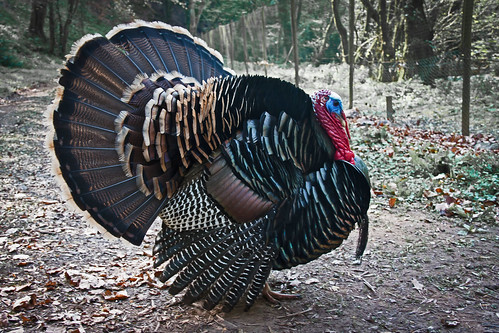One of the main principles of animal welfare is to provide freedom from discomfort. What justification is there for the prolonged veterinary management of chronic painful conditions such as laminitis or very severe sporting injuries?
At the recent annual conference of World Horse Welfare in London, a distinguished panel bravely took questions from the audience. When a woman rose and asked the question above, forum chair Andrew Parker Bowles carefully repeated the question and then turned to Princess Anne, President of the British-based charity, for an answer.
The royal opinion was that the question is far too complex for a simple answer. I was hoping that she would suggest this subject for a more in-depth discussion at a future conference.
Eventing star Pippa Funnell added a classic anecdote at the end of this brief video.
This subject of whether prolonging the life of a foundered horse is a stretch of welfare considerations comes up sometimes. I've brought it up myself, particularly in terms of breeding foundered horses, particularly badly foundered mares who have produced valuable offspring in the past, or who are from fashionable bloodlines. With the advances available in artificial insemination and embryo transfer, a mare doesn't really need to be able to stand or walk. People who call here looking for a laminitis referral have remarked to me that they don't expect a cure, they just want a mare to recover enough to come into heat and get pregnant.
Some of the same callers bragged about mares that did go full-term (AI and ET are not allowed for Thoroughbred foals if they are to be registered with The Jockey Club), and the foals learned to kneel down to nurse off their recumbent mothers.
At a vet school hospital, I once saw a mare that had been a patient for two years. When I remarked on her condition, they assured me she had been like that the entire time: stiff, sore, stretched, skeletal...in spite of the best care money could buy, multiple surgeries and an owner who just wanted her to recover enough to be able to get her in foal and harvest an embryo. I bet she's still there.
Laminitis may not directly kill a horse, but it can be a common cause of euthanasia. But euthanasia is performed on laminitis cases for many reasons. Some horses are euthanized before any treatment is initiated, simply because the owner chooses not to invest in treatment and/or rehabilitation or, as is so often the case, simply can't afford the expense involved. This is often the fate of geldings, no matter how much money they have earned for their owners.
A few years ago, I followed a legal case in Australia that involved an owner who refused to allow her horse to be euthanized, in spite of intervention by RSPCA authorities and her veterinarian's recommendation.
I don't know what the scenes in War Horse are like that show the horses suffering or if Spielberg attempted to recreate the horrific scene in the book when Joey contracts tetanus. I do recall that the attempts to save another media star horse, Barbaro, were questioned at the time.
And it doesn't stop there: what about the ethics of selling a horse with a known sensitivity to laminitis. Should it be considered a violation of welfare ethics to sell a horse without disclosing its full medical history, even if the problem was mild and transient?
Where do you draw the line? And who draws it--the person who knows the disease process or the person who knows the horse?
Note: British racehorse trainer Sir Mark Prescott was onstage and part of this panel, but he was not involved in this discussion.
TO LEARN MORE
Ethical Considerations in Treating the Horse with Laminitis by Fiesler and Mann; as presented at the Second International Equine Conference on Laminitis and Diseases of the Foot
Final Call: A Sad End for a Horse with Laminitis by Donald Walsh DVM and the Animal Health Foundation
 |
| Call 978 281 3222 to email books@hoofcare.com; it's the ultimate gift! |
© Fran Jurga and Hoofcare Publishing; Fran Jurga's Hoof Blog is a between-issues news service for subscribers to Hoofcare and Lameness Journal. Please, no use without permission. You only need to ask. This blog may be read online at the blog page, checked via RSS feed, or received via a digest-type email (requires signup in box at top right of blog page). To subscribe to Hoofcare and Lameness (the journal), please visit the main site, www.hoofcare.com, where many educational products and media related to equine lameness and hoof science can be found. Questions or problems with this blog? Send email to blog@hoofcare.com.
Follow Hoofcare + Lameness on Twitter: @HoofcareJournal
Read this blog's headlines in your Facebook news feed when you "like" the Hoofcare + Lameness Facebook Page
Disclosure of Material Connection: I have not received any direct compensation for writing this post. I have no material connection to the brands, products, or services that I have mentioned, other than Hoofcare Publishing. I am disclosing this in accordance with the Federal Trade Commission’s 16 CFR, Part 255: Guides Concerning the Use of Endorsements and Testimonials in Advertising.













